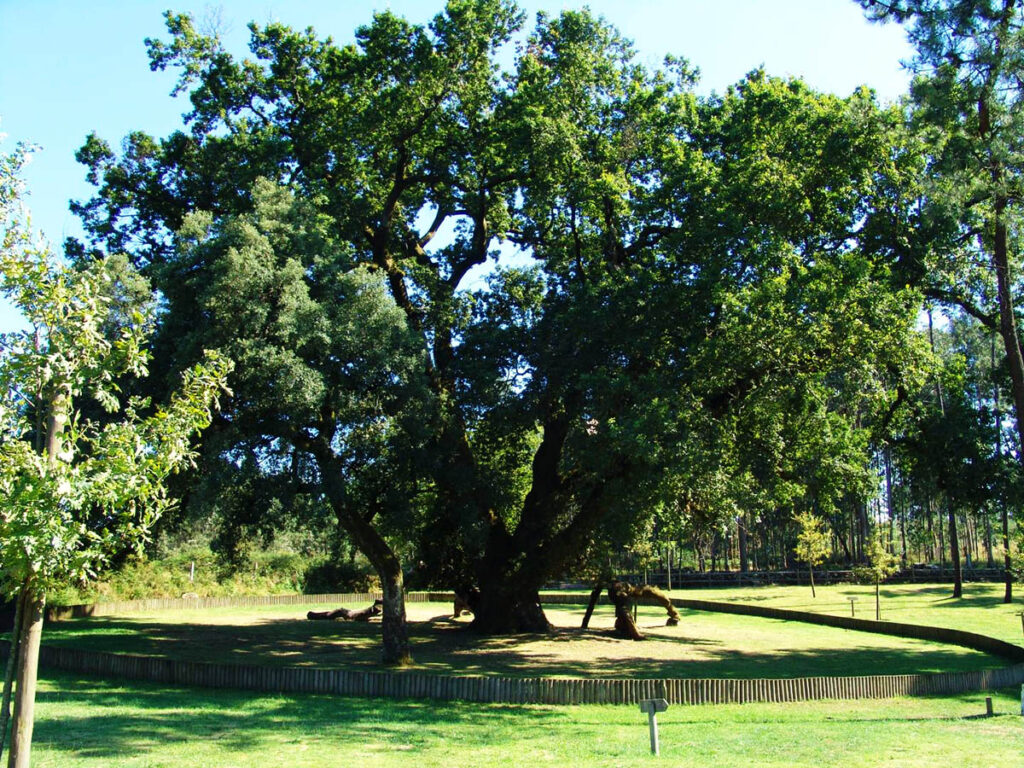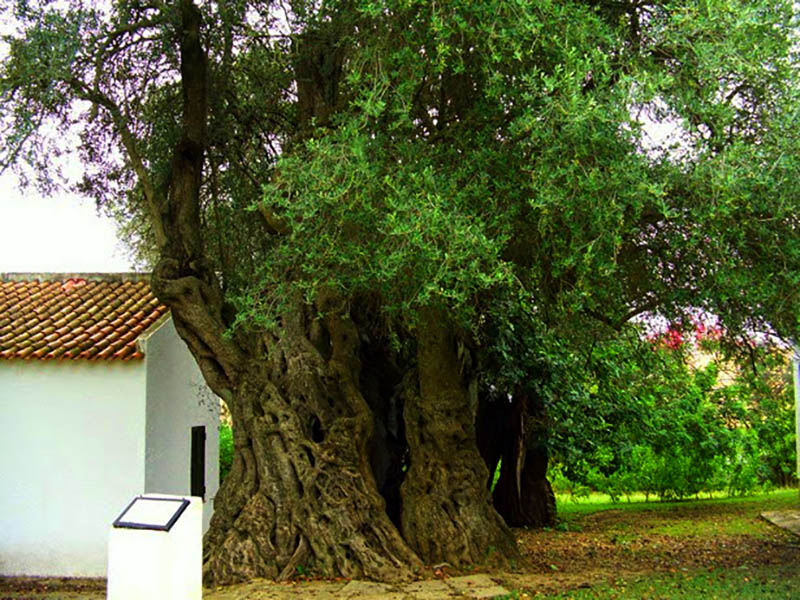The largest volume of trees of public interest in the country is located in Lisbon and not in regions with greater forest density and diversity. This geographic imbalance may be due to cultural, economic or biased forest technicians, according to an investigation by Paulo Reis Mourão, professor at the School of Economics and Management at the University of Minho.
The work has now been published in scientific journal “Environment, Development and Sustainability”, co-authored with Vítor Martinho, from the Polytechnic Institute of Viseu.
The recent legal framework in Portugal allows public and private promoters, namely municipalities, to officially identify and classify exceptional trees or groups of trees as “of public interest”, in conjunction with the Institute for the Conservation of Nature and Forests (ICNF).
This initiative has taken place mainly in municipalities that are old, coastal, district capitals and have good tourist dynamics; zones with high population density and forest or with an ICNF hub guarantee at least one reference in this list, the study says. The district of Lisbon accounts for a third of the nearly four hundred entries on the list.
“This means that there may be (groups of) trees that meet the criteria but have not yet been classified. Therefore, it is suggested that a special stimulus be given to the arboreal potential of less dense areas and that young and inland municipalities pay more attention to their natural resources”, notes Paulo Reis Mourão.

“Several natural territories of Portugal are somewhat absent from this inventory, that is, opportunities to value public and private heritage of extremely high ecological, scenic, historical and religious value may be lost, as well as the involvement of society in its dissemination, inventory and protection”, highlights the also member of the Research Group in Political and Business Sciences of the University of Minho.
The study also proposes a comparative analysis between types of trees, expanding the sample to European countries with identical legislation and identifying international determinants of categorization.
The classification “public interest trees” – such as woods, arboretums, boulevards, gardens or isolated specimens – confers a similar status as a national monument with legal protection, with a distance of 50 meters around it.
The selection criteria for the grove cover its size, age, rarity and symbolism.
Among the “living monuments” of Portugal are, for example, the oak of Calvos (Póvoa de Lanhoso), the olive tree of Pedras d'el Rei (Tavira), the boulevard of ash (Marvão), the rhododendron massif (Vouzela) and the Mouchão olive tree (Abrantes).



















Comments